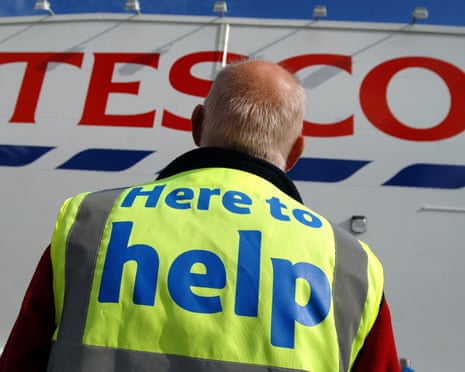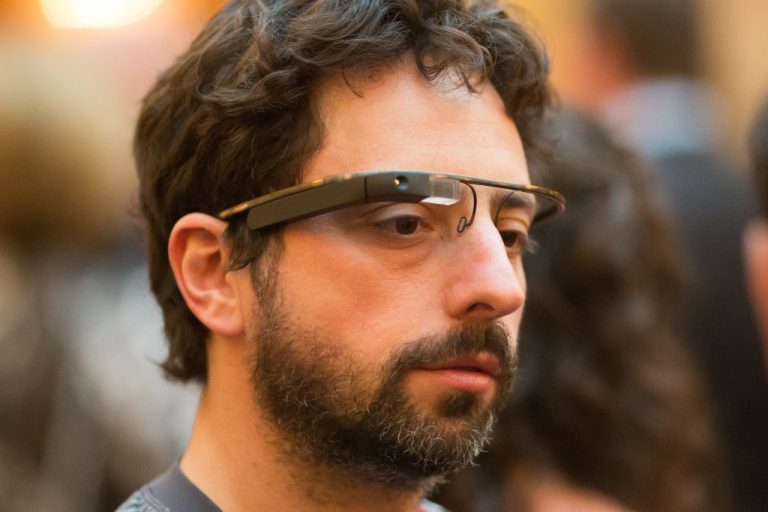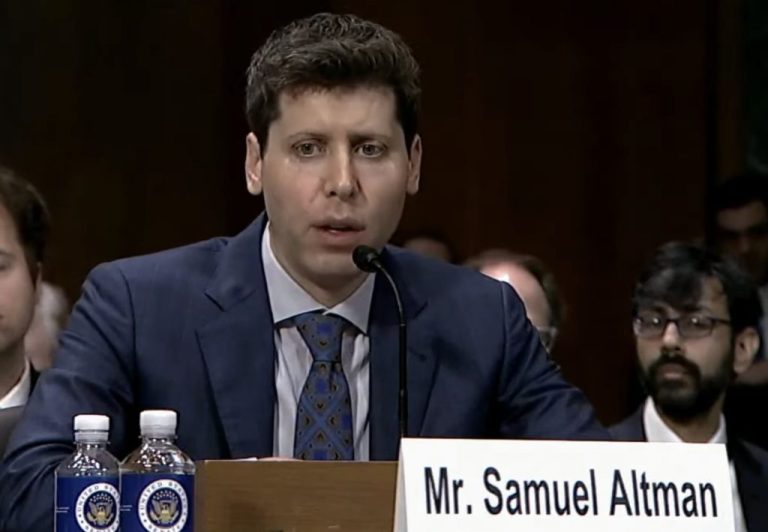Only 23 Hours of True Free Time a Week for Britons: The Reality of Labour-Saving Technology
As the AI revolution signals a transformative era in the workplace, my thoughts increasingly turn to Kellogg’s. Yes, the well-known cereal brand, not merely because it’s often my only time-efficient meal amid my numerous jobs. The Kellogg’s factory in Battle Creek, Michigan, was the birthplace of a vision for a world where work is minimized in favor of leisure, especially during the early 20th century. In 1930, the “managed work reduction” movement, aimed at utilizing automation to foster a golden age of free time, found a compelling advocate in WK Kellogg.
Inspired by these utopian ideals, Kellogg decided to cut his factory’s workday from eight hours to six and increased the daily shifts from three to four. The 30-hour working week quickly gained traction among US business leaders as an innovative approach—not only to mitigate the looming unemployment threat posed by mechanization but also to share its benefits widely. Forbes magazine reported shortly thereafter that “thinking men in industry are saying … ‘Shorter hours for men and longer hours for machines.’” By 1932, the six-hour workday was pitched as a favored remedy for national unemployment, and there was a widespread expectation for further reductions in working hours.
Historian Benjamin Kline Hunnicutt, author of Kellogg’s Six-Hour Day and Free Time: The Forgotten American Dream, comments, “No one thought it would stop. For the most part, people were optimistic: the definition of progress was higher wages and shorter hours.” Yet, what eventually unfolded was not the anticipated “mass leisure” or reduced workdays empowered by technology, but rather an increase in working hours. By 1940, enthusiasm for managed work reduction had significantly diminished, driven by missteps from governments, labor entities, and industries, alongside a breakdown of mutual commitment to this visionary goal.
Today, the dream of reduced work hours feels like a distant memory, and even a forgotten concept. According to OECD data, leisure time has decreased since the 1980s, including in economies like the UK that have experienced growth. Official time-use statistics indicate that recreational activities have been on the decline since 2020, particularly among women, younger people, and lower-income groups.
They say time is money, yet many of us feel equally deprived of both. Recent studies by Lloyds Bank reveal that the average Briton enjoys only 23 “genuinely free” hours each week from a total of 168, with 86% of respondents expressing a desire for more free time. Interestingly, the Lloyds report puts a positive spin on the matter, suggesting that “emerging technology” could free up nearly two additional hours daily within a couple of years. It highlights robot vacuum cleaners, driverless cars, and advancements in AI as potential liberators of our time.
These shifts are already in progress, with many professionals increasingly utilizing AI tools like ChatGPT for a range of tasks, sometimes even more complex than might be expected. ChatGPT can accomplish in mere seconds what could take a person hours, often with satisfactory results. However, the critical question remains: Are these time savings leading to more leisure or to increased workloads? Bill Gates, co-founder of Microsoft, has predicted that AI could replace humans “for most tasks” within the next decade, heralding a potential two-day work week and a five-day weekend. Yet, for the time being, even a four-day work week seems like a far-off dream, leaving more radical solutions like universal basic income as necessary to cushion the impact of mass job displacement.
Even we, the labor force, seem to be unknowingly moving toward this future. Observations suggest that while people are employing ChatGPT to manage their tasks, they are not using the time saved to leave work early; rather, they are striving to keep pace with their seemingly endless responsibilities. A century ago, there was a palpable collective will to harness technology to manage work, fueled by the belief that leisure equates to freedom. It was expected that people would seek to carve out more time for family and personal interests. However, this vision faced challenges and ultimately crumbled under an emerging mindset that equated progress with greater wealth and an all-encompassing work-centered life.
The decision by Kellogg’s workers to abandon the six-hour shift in 1983, influenced by concerns over job security and the allure of pay raises, marked a turning point. Overtime became a common concession for reduced leisure. As one employee aptly noted, “The work hogs won.” This disheartening realization was reinforced for me when I encountered Hunnicutt’s writings in 2020. The decline of Kellogg’s commitment to the six-hour shift struck me with a sense of paralyzing dread, akin to witnessing a character in a horror film unwittingly walk towards a grim fate.
We now stand at a similar crossroads. Emerging technologies hold the potential to provide us with more free time, redirect our focus away from work, and even reshape societal structures towards leisure and connection. However, they also threaten to replace many of us in our jobs. Historical evidence makes it clear that limits to growth exist, even if we choose to overlook them. Navigating the changes ahead will hinge on our ability to envision a better future and to dare to dream big. It’s insufficient to simply acknowledge the possibilities—believing in the value of leisure and the concept of “non-material growth,” which encompasses more than just monetary gain, is crucial. History has shown that this respected and inspiring alternative is attainable, even within a capitalist framework. Without a concerted effort to prioritize our free time, we may simply discover new ways to squander it working.







